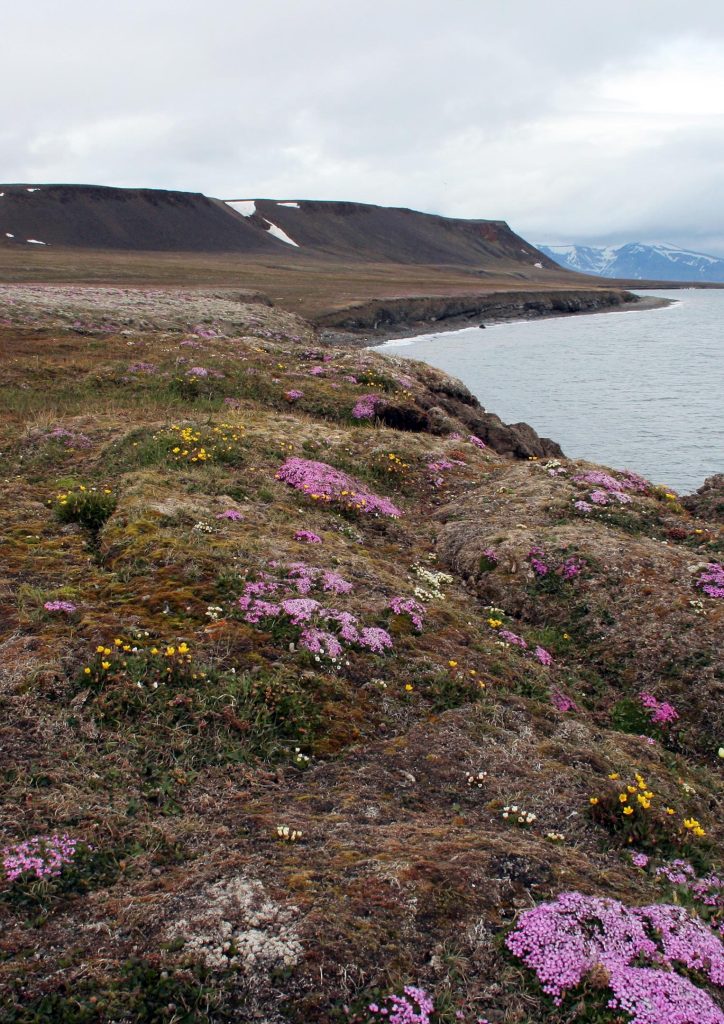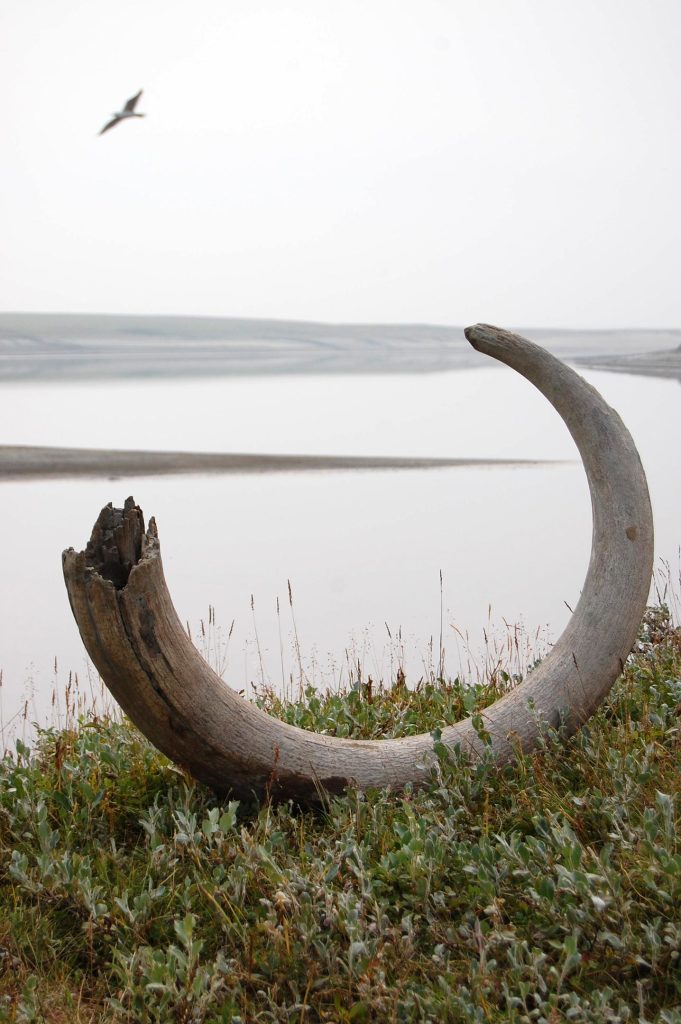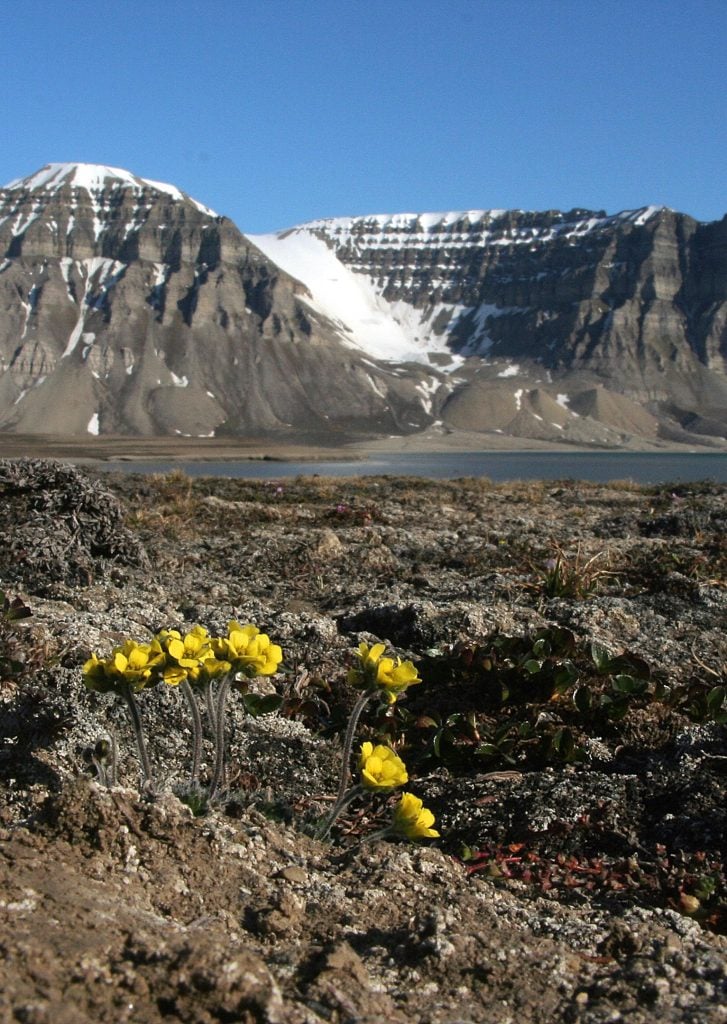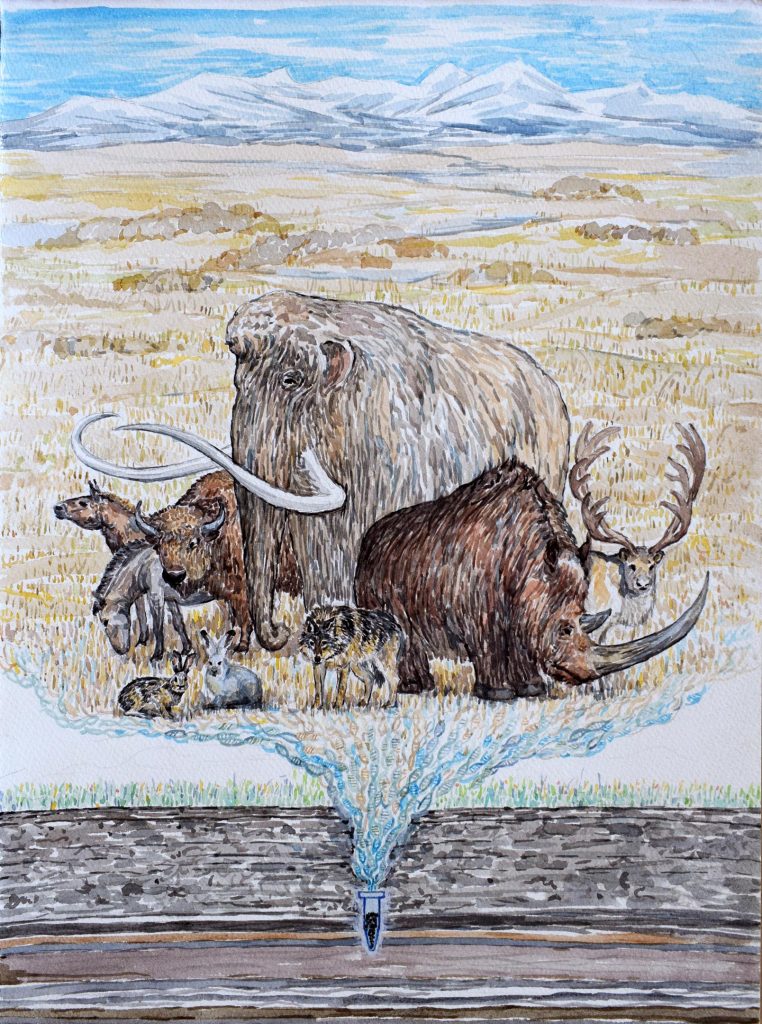
[ad_1]
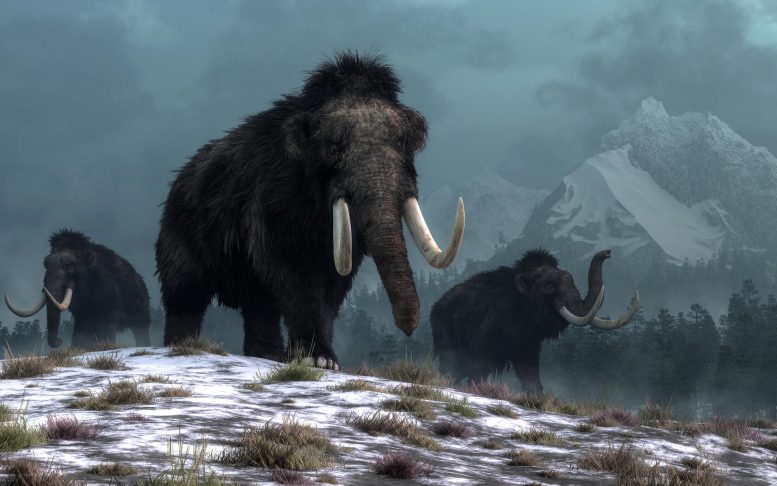
A trio of woolly mammoths trudges over snow covered hills. Behind them, mountains with snow covered peaks rise above dark green forests of fir trees. Credit: Daniel Eskridge
New DNA research shows the world got too wet for the giant animals to survive.
For five million years, woolly mammoths roamed the earth until they vanished for good nearly 4,000 years ago – and scientists have finally proved why.
The hairy cousins of today’s elephants lived alongside early humans and were a regular staple of their diet – their skeletons were used to build shelters, harpoons were carved from their giant tusks, artwork featuring them is daubed on cave walls, and 30,000 years ago, the oldest known musical instrument, a flute, was made out of a mammoth bone.
Now the hotly debated question about why mammoths went extinct has been answered – geneticists analyzed ancient environmental DNA and proved it was because when the icebergs melted, it became far too wet for the giant animals to survive because their food source – vegetation – was practically wiped out.
The 10-year research project, published in Nature on October 20, 2021, was led by Professor Eske Willerslev, a Fellow of St John’s College, University of Cambridge, and director of The Lundbeck Foundation GeoGenetics Centre, University of Copenhagen.
The team used DNA shotgun sequencing to analyze environmental plant and animal remains – including urine, feces, and skin cells – taken from soil samples painstakingly collected over a period of 20 years from sites in the Arctic where mammoth remains were found. The advanced new technology means scientists no longer have to rely on DNA samples from bones or teeth to gather enough genetic material to recreate a profile of ancient DNA. The same technique has been used during the pandemic to test the sewage of human populations to detect, track, and analyze Covid-19.
Professor Willerslev said: “Scientists have argued for 100 years about why mammoths went extinct. Humans have been blamed because the animals had survived for millions of years without climate change killing them off before, but when they lived alongside humans they didn’t last long and we were accused of hunting them to death.
“We have finally been able to prove was that it was not just the climate changing that was the problem, but the speed of it that was the final nail in the coffin – they were not able to adapt quickly enough when the landscape dramatically transformed and their food became scarce.
“As the climate warmed up, trees and wetland plants took over and replaced the mammoth’s grassland habitats. And we should remember that there were a lot of animals around that were easier to hunt than a giant woolly mammoth – they could grow to the height of a double-decker bus!”
The woolly mammoth and its ancestors lived on earth for five million years and the huge beasts evolved and weathered several Ice Ages. During this period, herds of mammoths, reindeer, and woolly rhinoceroses thrived in the cold and snowy conditions.
Despite the cold, a lot of vegetation grew to keep the various species of animals alive – grass, flowers, plants, and small shrubs would all have been eaten by the vegetarian mammoths who probably their tusks to shovel snow aside and are likely to have used their trunks to uproot tough grasses. They were so big because they needed huge stomachs to digest the grass.
Mammoths could travel a distance equivalent of going around the world twice during their lifetime and fossil records show they lived on all continents except Australia and South America. Populations were known to have initially survived the end of the last Ice Age in small pockets off the coasts of Siberia and Alaska – on Wrangel Island and St Paul Island – but the research found they actually lived longer elsewhere too and the breeds of mammoths on both the islands were closely related despite being geographically separated. As part of the project, the team also sequenced the DNA of 1,500 Arctic plants for the very first time to be able to draw these globally significant conclusions.
Dr. Yucheng Wang, first author of the paper and a Research Associate at the Department of Zoology, University of Cambridge, said: “The most recent Ice Age – called the Pleistocene – ended 12,000 years ago when the glaciers began to melt and the roaming range of the herds of mammoths decreased. It was thought that mammoths began to go extinct then but we also found they actually survived beyond the Ice Age all in different regions of the Arctic and into the Holocene – the time that we are currently living in – far longer than scientists realized.
“We zoomed into the intricate detail of the environmental DNA and mapped out the population spread of these mammals and show how it becomes smaller and smaller and their genetic diversity gets smaller and smaller too, which made it even harder for them to survive.
“When the climate got wetter and the ice began to melt it led to the formation of lakes, rivers, and marshes. The ecosystem changed and the biomass of the vegetation reduced and would not have been able to sustain the herds of mammoths. We have shown that climate change, specifically precipitation, directly drives the change in the vegetation – humans had no impact on them at all based on our models.”
Humans lived alongside woolly mammoths for at least 2,000 years – they were even around when the pyramids were being built. Their disappearance is the last big naturally occurring extinction story. Our fascination with the huge beasts continues today with ‘Manny’ the woolly mammoth starring as the main character in five Ice Age animated films, and scientists hoping to resurrect them from the dead.
Professor Willerslev said: “This is a stark lesson from history and shows how unpredictable climate change is – once something is lost, there is no going back. Precipitation was the cause of the extinction of woolly mammoths through the changes to plants. The change happened so quickly that they could not adapt and evolve to survive.
“It shows nothing is guaranteed when it comes to the impact of dramatic changes in the weather. The early humans would have seen the world change beyond all recognition – that could easily happen again and we cannot take for granted that we will even be around to witness it. The only thing we can predict with any certainty is that the change will be massive.”
Reference: “Late Quaternary dynamics of Arctic biota from ancient environmental genomics” by Yucheng Wang, Mikkel Winther Pedersen, Inger Greve Alsos, Bianca De Sanctis, Fernando Racimo, Ana Prohaska, Eric Coissac, Hannah Lois Owens, Marie Kristine Føreid Merkel, Antonio Fernandez-Guerra, Alexandra Rouillard, Youri Lammers, Adriana Alberti, France Denoeud, Daniel Money, Anthony H. Ruter, Hugh McColl, Nicolaj Krog Larsen, Anna A. Cherezova, Mary E. Edwards, Grigory B. Fedorov, James Haile, Ludovic Orlando, Lasse Vinner, Thorfinn Sand Korneliussen, David W. Beilman, Anders A. Bjørk, Jialu Cao, Christoph Dockter, Julie Esdale, Galina Gusarova, Kristian K. Kjeldsen, Jan Mangerud, Jeffrey T. Rasic, Birgitte Skadhauge, John Inge Svendsen, Alexei Tikhonov, Patrick Wincker, Yingchun Xing, Yubin Zhang, Duane G. Froese, Carsten Rahbek, David Bravo Nogues, Philip B. Holden, Neil R. Edwards, Richard Durbin, David J. Meltzer, Kurt H. Kjær, Per Möller and Eske Willerslev, 20 October 2021, Nature.
DOI: 10.1038/s41586-021-04016-x
[ad_2]
Source link
